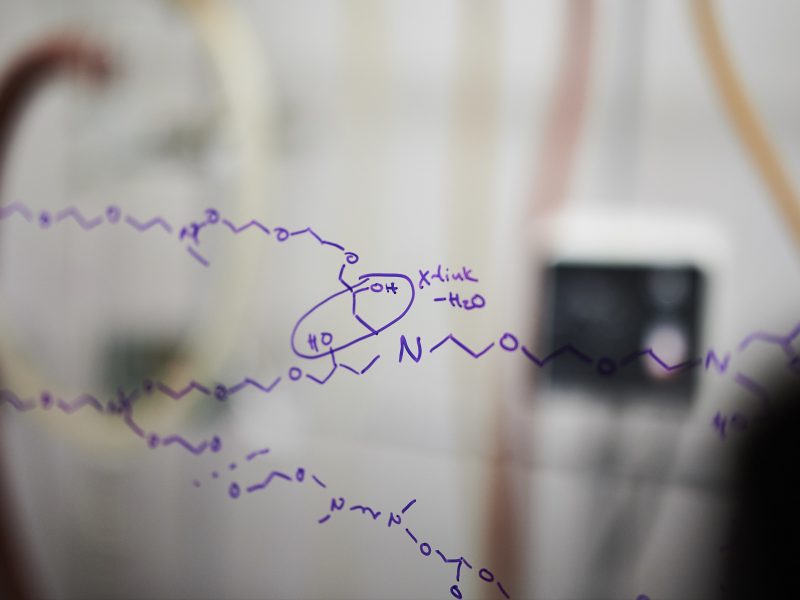What can be patented?
Patentable subject matter includes compositions of matter, processes, methods (including business methods), devices, objects, and in some cases, computer programs. New plant varieties and designs can also be patented.
What is a provisional patent application?
A provisional patent application is often filed by the university in order to protect intellectual property that has not been fully developed or to protect IP when a publication or presentation by one of the inventors is imminent. A patent never results from a provisional application. Instead, a provisional patent application establishes the “priority date”—the date considered the official date that the invention was filed.
In the U.S., the first person to file a patent application is eligible to receive the patent (not necessarily the first person to create the invention). This makes the priority date very important if inventors believe that another researcher working in the same area is close to making the same discovery.
What is a non-provisional patent application?
A non-provisional application is a formal patent application that is prepared to be examined by the U.S. Patent and Trademark Office.
What is a PCT patent application?
A Patent Cooperation Treaty (PCT) Application is an international application that makes it easy for inventors to file for a patent in a large number of countries worldwide. From this single application, countries/regions can be designated for patent examination, such as Europe, Australia, Canada, etc.
